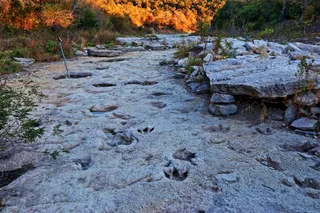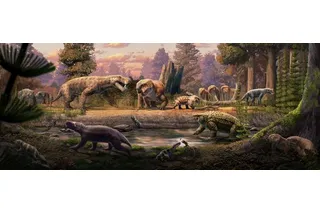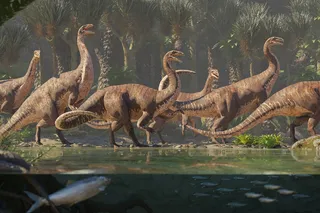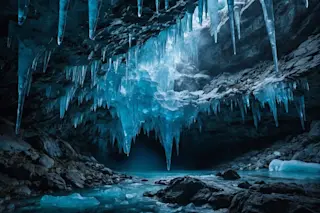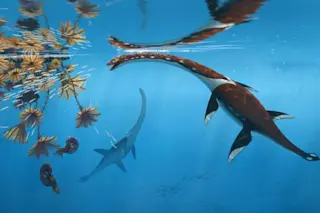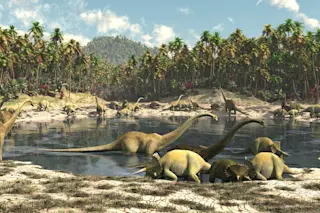Theropods – the family of dinosaurs that included the mighty Tyrannosaurus rex and the smaller Allosaurus – had the largest and most sophisticated brains of any such dinosaur group. But scientists aren’t sure how they used these advanced faculties, whether for hunting or tracking down the next corpse to scavenge.
A 2011 study found that if you set loose a group of scavenging T. rex’s in an environment comparable to the Serengeti in Africa, they would struggle to survive. But a new study has concluded that theropods living alongside massive sauropod dinosaurs, such as the Brontosaurus, would have had access to a smorgasbord of dinosaur flesh, more than enough to sustain them for years on end.
The researchers conducted a computerized “agent-based model” in which Allosaurs – a predatory dinosaur like T. rex – wandered around a doughnut-shaped world populated by living prey (modeled after Stegosaurus) and dead sauropods. Many ...





